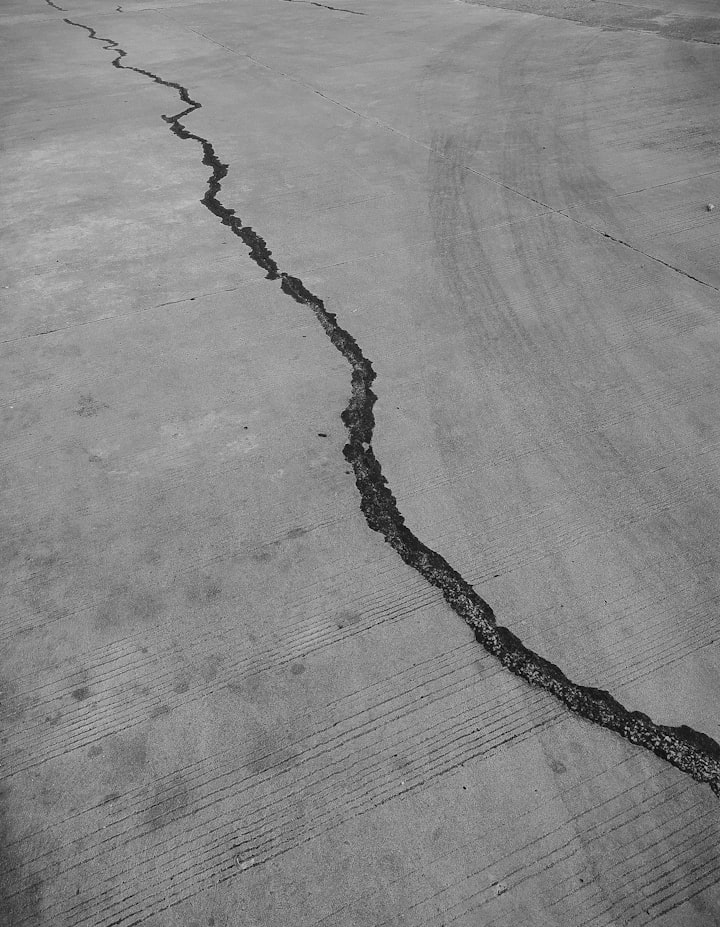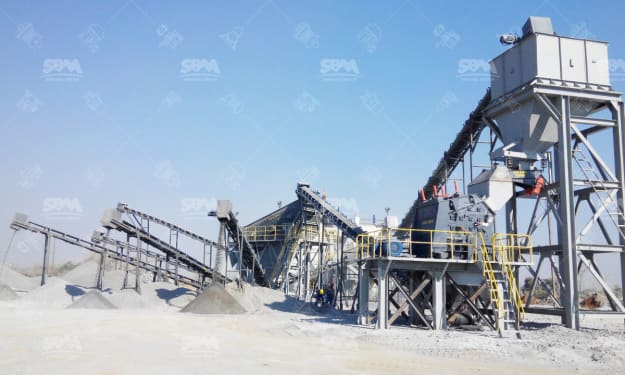Unlocking Earth's Secrets
Predicting and Preventing Earthquakes with Paleoseismic Investigations

In the vast symphony of geological processes, earthquakes stand as powerful crescendos, reshaping landscapes and challenging the resilience of communities. As our understanding of these seismic events deepens, the role of paleoseismic investigations emerges as a crucial tool in predicting and preventing earthquakes. This field of study, rooted in the examination of ancient seismic records embedded in the Earth's crust, offers insights that can pave the way for proactive measures, potentially mitigating the impact of future earthquakes.
Paleoseismic investigations are a window into Earth's seismic past, providing a historical record of earthquakes that extends beyond the limitations of instrumental data. By examining geological features such as fault lines, offset stream channels, and liquefaction structures, paleoseismologists unravel the tales of seismic events that have shaped the landscape over centuries.
The predictive power of paleoseismology lies in understanding the recurrence intervals of earthquakes. Through meticulous dating techniques, including radiocarbon dating and optically stimulated luminescence (OSL), researchers can establish timelines for past seismic events. This chronological framework becomes a key to anticipating when similar events might occur in the future.
At the heart of paleoseismic investigations is the art of deciphering stratigraphy—the layers of sediment and rock that bear witness to the seismic rhythms of the past. Earthquakes leave distinct imprints within these layers, creating a geological time capsule that paleoseismologists meticulously study.
By analysing the characteristics of different layers, including fault offsets and deformations, researchers can reconstruct the history of seismic activity in a region. This stratigraphic approach offers valuable insights into the behaviour of faults and helps in identifying patterns that can inform earthquake predictions.
Trenching, a fundamental technique in paleoseismic investigations, involves excavating trenches across fault lines to expose stratigraphic layers. This process allows researchers to unearth a detailed cross-section of the Earth's crust, providing a visual record of past seismic events.
Through trenching, paleoseismologists can identify the specific characteristics associated with different earthquakes, such as the magnitude of displacement and the type of faulting. This information contributes to the development of earthquake catalogs and aids in the creation of models that predict the behavior of faults in future seismic events.
One of the cornerstones of predicting and preventing earthquakes through paleoseismic investigations is the precise dating of past seismic events. Radiocarbon dating, which measures the decay of carbon isotopes in organic material within stratigraphic layers, offers a reliable method for establishing the age of geological features associated with earthquakes.
When combined with OSL, a dating technique that measures the time elapsed since minerals were last exposed to sunlight, researchers can create a comprehensive timeline of seismic events. This chronological information is instrumental in identifying patterns, recurrence intervals, and the potential for future seismic activity.
Seismic paleofailures, in the lexicon of paleoseismology, are unequivocal signatures of Earth's restlessness. Geological features shaped by fault ruptures and displacements serve as unassailable evidence of seismic forces sculpting landscapes. Offset stream channels, landslides, and liquefaction structures confidently declare Earth's seismic history, vividly telling stories in stone.
Confidence in paleoseismic investigations materialises in compelling case studies. Regions like the San Andreas Fault become living laboratories, where trenching and stratigraphic analysis reconstruct rupture histories. Paleoseismologists contribute confidently to understanding fault behaviours, recurrence intervals, and the dynamic interplay of tectonic forces.
Paleoseismology extends beyond academic realms, impacting global resilience to seismic hazards. Data from investigations becomes a potent tool for seismic risk assessments, influencing building codes, land-use planning, and infrastructure design. Confidence instilled by paleoseismology catalyses proactive measures in regions prone to seismic activity, transforming vulnerability into resilience.
Confidence in paleoseismic investigations propels the field forward, confronting challenges head-on. Non-uniform fault behaviours, the complexities of tectonic interactions, and the refinement of dating techniques represent ongoing frontiers that researchers aim to navigate.
While paleoseismic investigations offer significant advancements in predicting and preventing earthquakes, challenges remain on the path forward. The non-uniformity of fault behaviours, the complexities of tectonic interactions, and the refinement of dating techniques represent ongoing frontiers that researchers aim to navigate.
The integration of advanced technologies, such as LiDAR (Light Detection and Ranging) for high-resolution topographic mapping, and continued international collaboration can further enhance the accuracy and scope of paleoseismic studies. These endeavors are crucial for expanding our understanding of seismic hazards and refining strategies for earthquake prediction and prevention.
In the intricate dance of Earth's dynamic forces, paleoseismic investigations emerge as a beacon of knowledge, guiding us toward a more proactive approach to earthquake preparedness. By unlocking the secrets hidden within the Earth's crust, researchers can predict the timing and potential impact of future earthquakes, paving the way for informed mitigation strategies.
As we delve deeper into the ancient archives of Earth's seismic history, paleoseismic investigations offer a valuable roadmap for building resilient communities and infrastructure. The fusion of historical insights, predictive modelling, and strategic planning transforms the narrative from reactive response to proactive preparation—a testament to our ability to navigate the seismic rhythms of our dynamic planet.






Comments
There are no comments for this story
Be the first to respond and start the conversation.